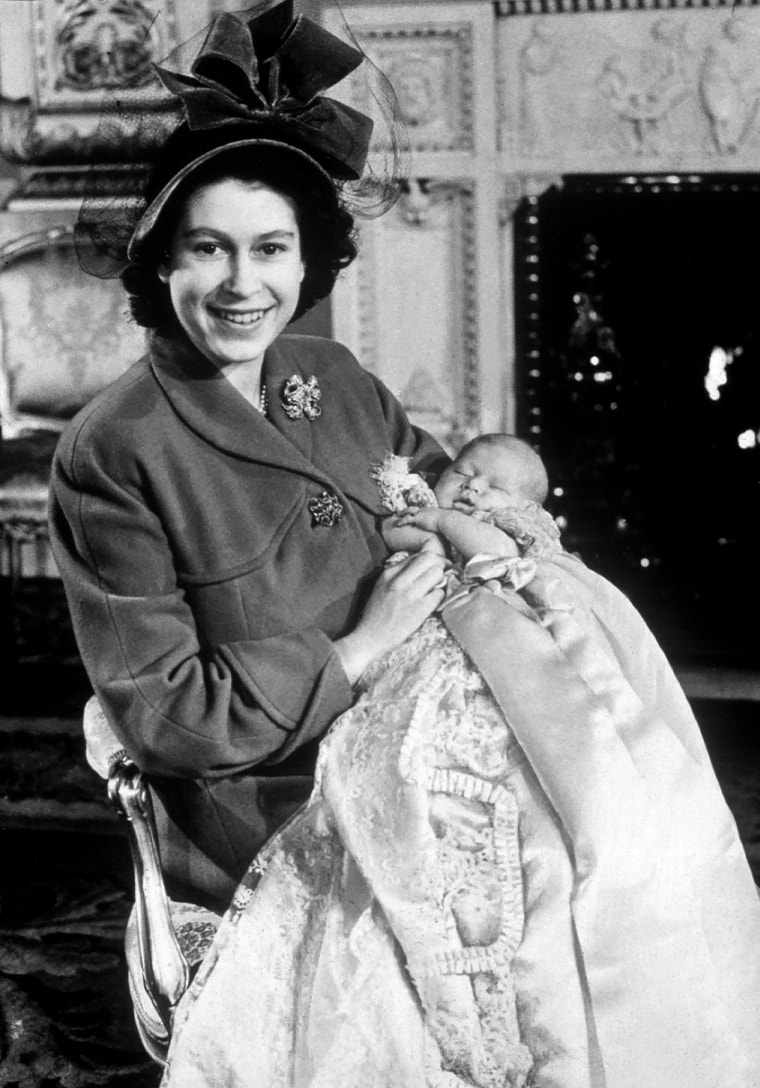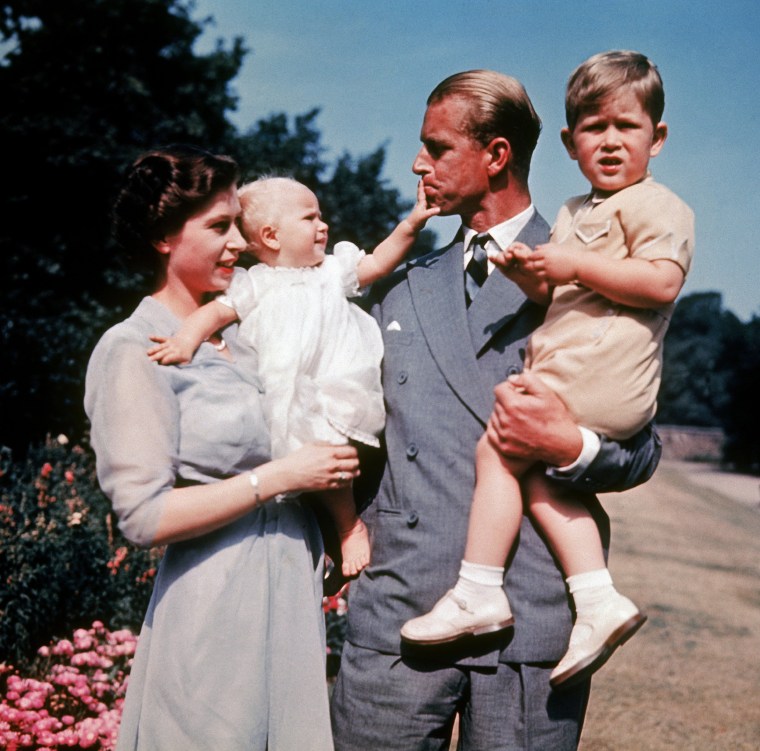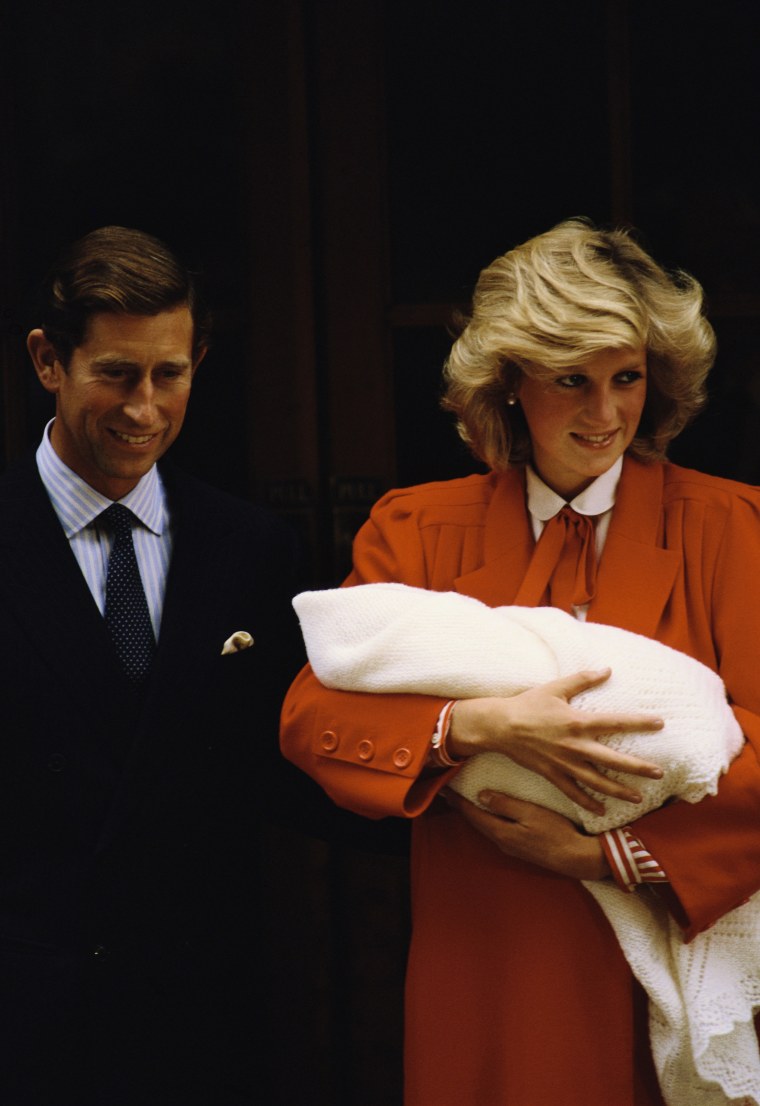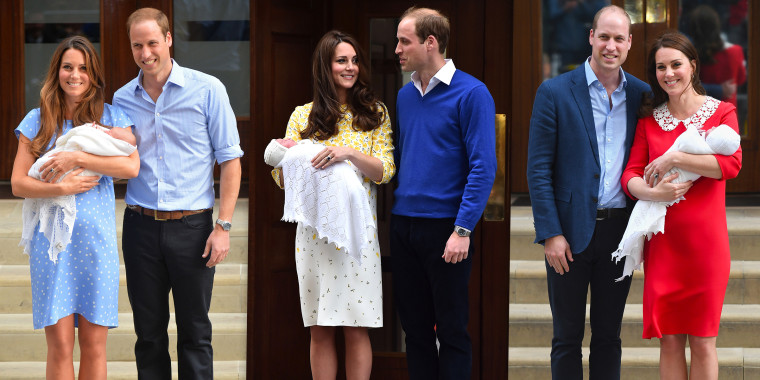Speculation over a possible home birth for the Duchess of Sussex has increased after she and Prince Harry recently released a statement saying they planned to welcome their first child with as much privacy as possible.
That meant no further details about the delivery until after the child was born.
Could that be a snub to British royal tradition, given the extremely public spectacle that surrounded the hospital where her sister-in-late, Catherine, the Duchess of Cambridge, gave birth to her three children?
Hardly. It actually would be the opposite.
“A home birth would be a return to earlier royal traditions,” said historian Carolyn Harris, author of “Raising Royalty: 1000 Years of Royal Parenting.”
Home births were actually common for women of all social backgrounds in the United Kingdom until the creation of the National Health Service in 1948, the turning point for hospital births.
But there was another reason for members of the royal family to continue delivering their children behind palace walls.
“For royalty, home births had the advantage of privacy and all the space to accommodate large numbers of official and personal visitors without inconveniencing other families in a hospital,” Harris said.
Meghan and Prince Harry recently moved from their Kensington Palace apartment into the-newly renovated Frogmore Cottage in Windsor. If Meghan decides to give birth at home, she would be following the tradition of the monarch and Harry's grandmother.

Queen Elizabeth gave birth to all four of children at home. Her three sons — Prince Charles, Prince Andrew and Prince Edward — were born at Buckingham Palace. Her second child, Princess Anne, was born at Clarence House, the royal residence where Elizabeth (then a princess) and her husband lived while the palace underwent repairs from damage sustained during World War II.
The queen and her sister, Princess Margaret, were not born on palace grounds but in a residential home belonging to their mother’s family. At the time, their father was not expected to become the sovereign. He ascended to the throne after the abdication of her uncle, Edward VIII, who gave up the crown to marry Wallis Simpson, a divorced American. Elizabeth was 10 when her father became king.
A key change under the reign of King George VI had a lasting impact on royal births. It had been tradition to have the British home secretary be present at the birth to serve as a witness, Harris said. But George scrapped the custom just before his daughter Elizabeth gave birth to Charles in 1948.

Intrigue over Meghan’s birth plan arose after Buckingham Palace announced the duke and duchess “have taken a personal decision to keep the plans around the arrival of their baby private.”
The palace said the couple would share details about the new addition “once they have had an opportunity to celebrate privately as a new family.”
Home births are still rare in the England and Wales, with just about 2% of women, or just more than 1 in 50, giving birth at home, according to their National Health Service. In the United States, approximately 1% of parents opt to have babies at home or have unplanned births at home.
The first member of the British royal family to give birth in a hospital was the Duchess of Kent, the wife of the queen’s cousin. Lord Nicholas Windsor was born at King's College Hospital in London on July 25, 1970.
Both Harry and his older brother, Prince William, as well as William’s three children, were born at St. Mary’s Hospital in London.

In fact, all eight of the queen's grandchildren were born in a hospital. William, however, was the first direct heir to the British throne to be born in one. News accounts at the time reported that the queen wanted the birth to take place at Buckingham Palace, but William’s mother, Princess Diana, preferred to deliver at a hospital. An Associated Press report published a day before William arrived called it “a guessing game” where the future heir would be born.
The media frenzy set off by the most recent births of the royal heirs, including last year’s arrival of Prince Louis, may have prompted Meghan and Harry's desire to keep their birthing plans private.

There’s far less pressure on Harry to be public, Harris said.
“Harry and Meghan’s child will be seventh in the line of succession and is extremely unlikely to succeed to the throne,” she said.
But Harris acknowledged the couple has garnered intense media scrutiny of their own because each has become “famous in their own right, rather than the succession prospects of their children.”
“The same public who watched the broadcast of their wedding with interest are looking forward to hearing about the arrival of the royal baby," she said. “Both Harry and Meghan have shown a strong rapport with their children in their public engagements, and there is a lot of interest in seeing them with their own child.”
